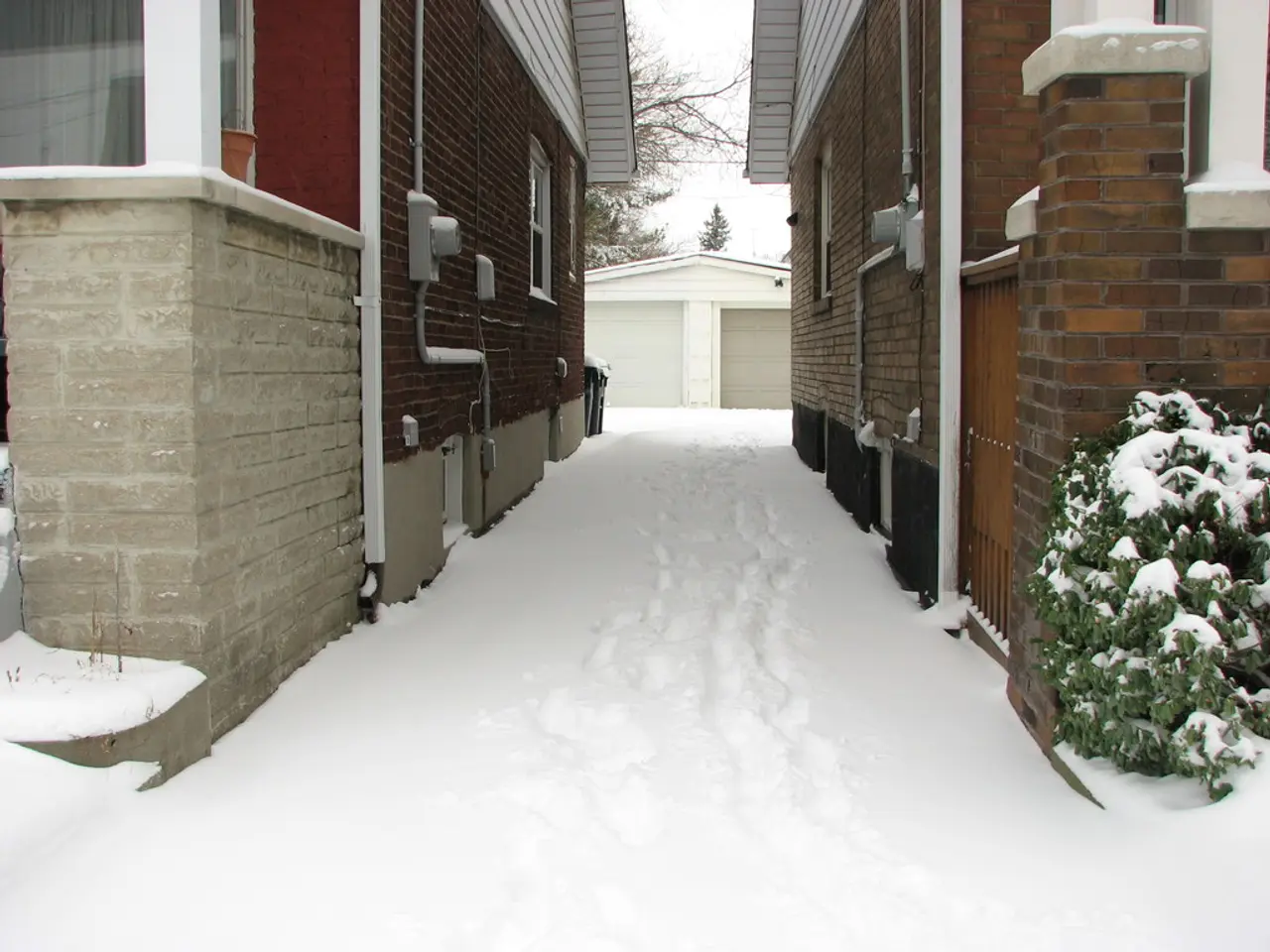Causes of Inequal Temperature Distribution in Residential Spaces
In many homes, uneven temperatures can be a common issue, causing discomfort and potentially leading to higher energy bills. Here are some factors that contribute to this problem and solutions for homeowners to address it.
Restricted airflow is a significant contributor to uneven heating and cooling. Dirty or clogged air filters, blocked or closed air vents, and poor ductwork design can all restrict airflow, reducing cooling or heating efficiency. To overcome this, it's essential to replace air filters regularly, keep all vents open, and schedule regular duct cleaning and inspection.
Improperly sized HVAC systems can also lead to uneven temperatures. An undersized system struggles to reach and maintain desired temperatures, while an oversized system cycles on and off too frequently. Having a professional inspect the system size and upgrading to an appropriately sized unit can ensure even temperature control across all areas of the home.
The location of the thermostat can also impact temperature distribution. Thermostats placed in rooms that are significantly warmer or cooler than the rest of the house can lead to incorrect temperature readings, causing premature system cycling and uneven temperatures. To address this, it's best to place the thermostat in a central location, away from direct sunlight and heat sources.
In multi-level homes, the absence of zoning systems can result in uneven temperatures. Installing zoning systems with multiple thermostats helps control temperatures independently by area, improving comfort and efficiency.
Other factors affecting home's climate balance include the arrangement of furniture and room design, which may stagnate circulation and inter-room airflow, leading to uneven temperatures. Regular checks concerning the accessibility of vents and airflow considerations during furniture placement can help address temperature inconsistencies within the home.
Proper shading of windows and the use of outdoor vegetation can help reduce temperature fluctuations caused by solar radiation. Understanding the factors affecting home's climate balance is essential for homeowners to properly address uneven temperatures and improve comfort throughout the year.
Finally, equipment energy efficiency plays a role in achieving even temperature distribution. Older or poorly maintained units tend to work less efficiently over time, negatively impacting airflow and temperature control. Regular maintenance and timely adjustments to equipment and home structure can help reduce temperature differences, improve energy efficiency, and enhance comfort throughout the year.
By addressing these factors through regular maintenance, system inspection, and targeted upgrades, homeowners can achieve better temperature balance and enhanced energy efficiency throughout their homes.
Integrating science and home-and-garden solutions can help tackle the issue of uneven temperatures. For instance, thoughtful landscaping and proper placement of outdoor vegetation, as part of a lifestyle focused on health-and-wellness, can provide shade and decrease temperature fluctuations induced by solar radiation.
Fitness-and-exercise routines that include activities like yoga and meditation can encourage mindfulness when managing home temperature settings, thus ensuring energy-saving and lifestyle effectiveness throughout the year.




